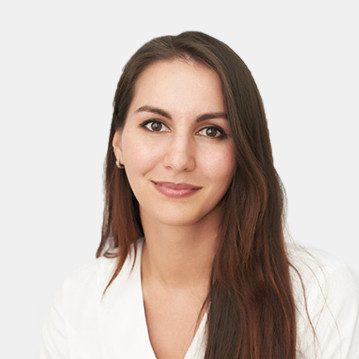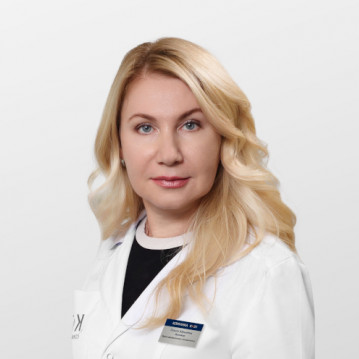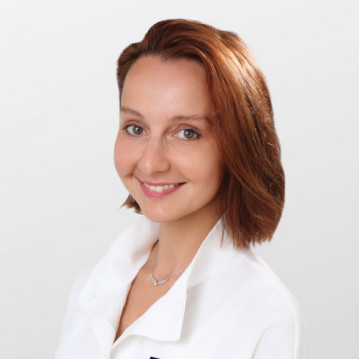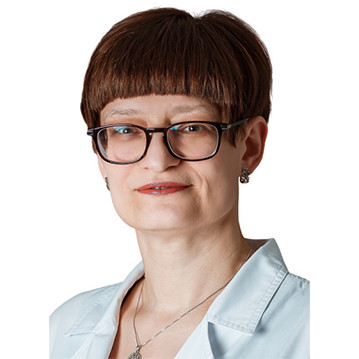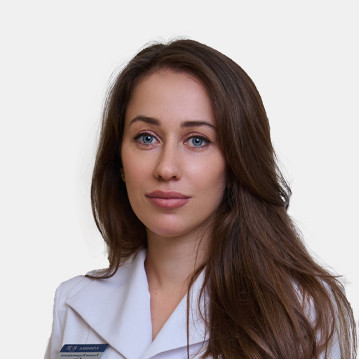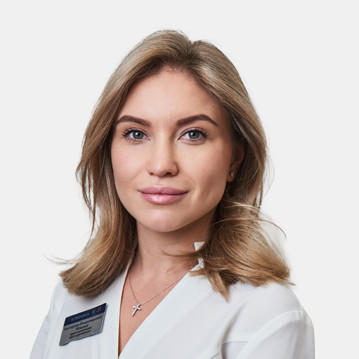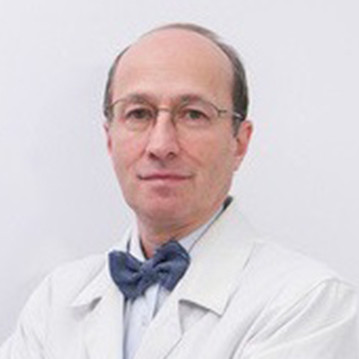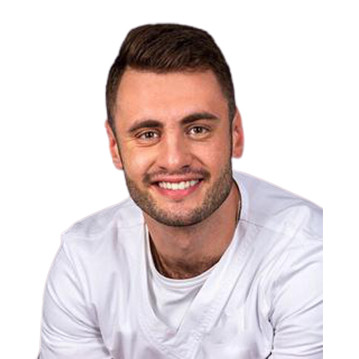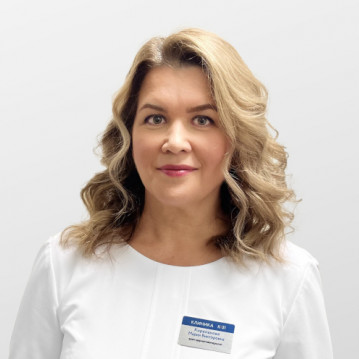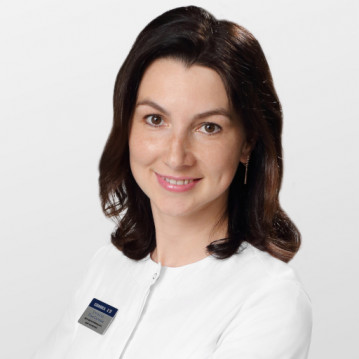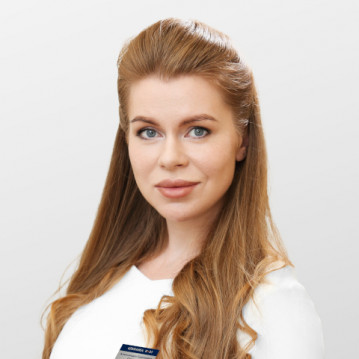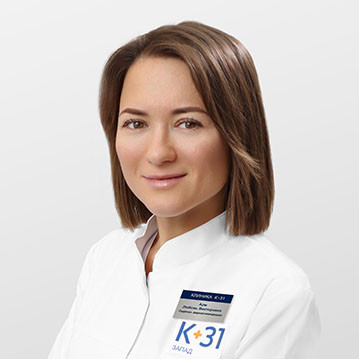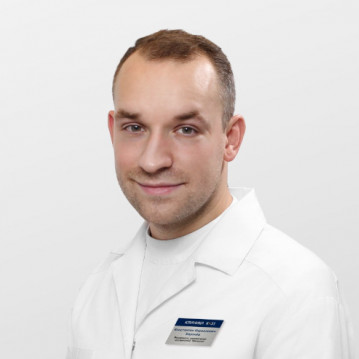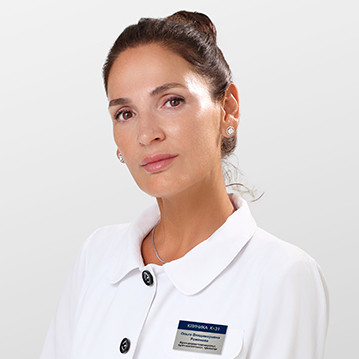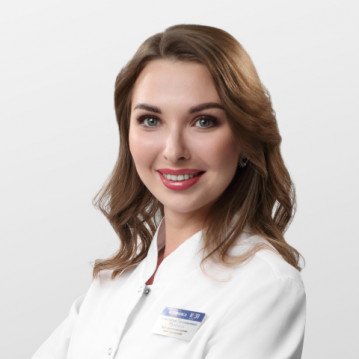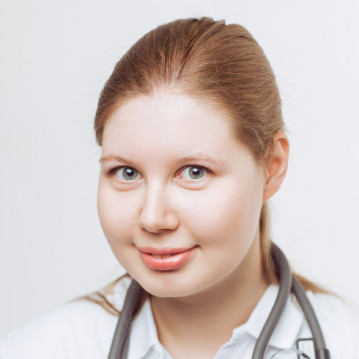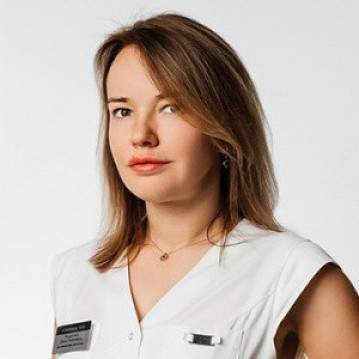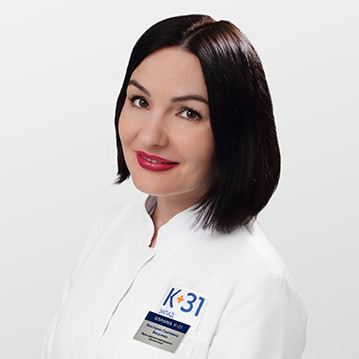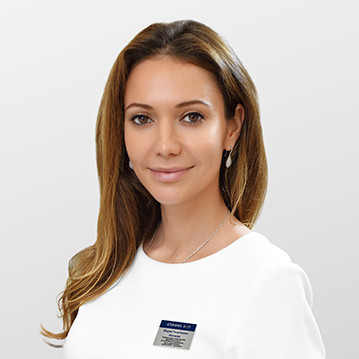Laser technologies are increasingly being used in dermatology compared to other areas of medicine. This is due to their high effectiveness in combating skin diseases.
All laser procedures can be divided into two large groups. The first includes operations during which the laser “cuts off” the affected area of the skin, including the top layer – the epidermis. In this case, laser radiation penetrates evenly into all layers of the skin. The second group involves operations that are aimed at removing skin tumors in painful areas, without damaging the epidermis.
What lasers are used in dermatology?
The first lasers for skin surgery, including carbon dioxide and argon ion models, used continuous wave radiation and were common for the removal of papillomas and moles. Although successful in eliminating hemangiomas, these devices caused scarring. New lasers developed over the past two decades are safer and more effective. These include the following:
- CO2 lasers. The rays are mainly absorbed by moisture in the skin, making them effective for rejuvenation, removal of papillomas and warts, xanthelasmas, mucous cysts, cherry angiomas and leukoplakia, as well as removal of facial tumors. They are often used for surgical incisions.
- Lasers based on neodymium in yttrium aluminum garnet (Nd:YAG). They have a wavelength of 1064 nm, are weakly absorbed by melanin and hemoglobin, so they can be used for laser hair removal, vein treatment, skin photorejuvenation, acne therapy and laser skin destruction.
- Pulsed lasers based on neodymium in yttrium aluminum garnet (Q Switched Nd:YAG). They are characterized by high absorption of dark ink pigments, therefore they are actively used for tattoo removal.
- Lasers based on erbium in yttrium aluminum garnet (Er: YAG). They have a wavelength of 2940 nm, the rays are absorbed by water in the skin. Designed for skin resurfacing, photorejuvenation and tumor removal.
- Diode lasers. The wavelength varies from 755 to 810 nm. The main absorbers are melanin and hemoglobin in the skin. They are used for laser hair removal, treatment of varicose veins and photorejuvenation.
It is important to understand which laser is best for your skin type and specific cosmetic procedure. The effect of irradiation on different areas of the skin depends on the wavelength, power and temperature characteristics of the laser.
Advantages of laser dermatology
Laser dermatology has a number of advantages. These include:
- Painless and absence of unwanted consequences. Laser removal of tumors and other therapeutic manipulations with the device are carried out without pain and do not cause side effects.
- High efficiency. Thanks to the targeted effect, only affected cells are removed, while healthy tissue remains untouched.
- Minimum recovery time. After the procedure, patients quickly return to normal life.
- Wide range of applications. Laser medicine is successfully used to treat many skin diseases, including dermatoses, acne, rosacea, rosacea, as well as for laser removal of viral warts and fungal nail infections.
Laser therapy can be used from the moment of birth if there are suitable indications. At a young age, the doctor takes into account the specifics of the child’s body, adjusting the equipment to parameters that correspond to physiological standards.
Indications for the use of laser dermatology
Laser treatment is prescribed for the following skin defects:
- Inflammatory diseases - dermatitis, dermatoses, neurodermatitis, eczema, acne and itchy skin.
- Purulent rashes - laser radiation affects inflammatory foci, reducing their size and clearing them of purulent contents.
- Skin neoplasms – papillomas and moles.
- Age-related changes - wrinkles, age spots, decreased skin tone.
- Spider veins and capillaries.
- Scars and hems.
- Herpes.
- Psoriasis.
Our dermatology center in Moscow uses innovative laser technologies to eliminate these problems.
The procedure is usually carried out once a week, and after 2-3 sessions you can observe positive changes. The effect of laser procedures increases over time. The full course of treatment is determined by the doctor, and even after its completion, the positive result lasts up to 2-3 years.
